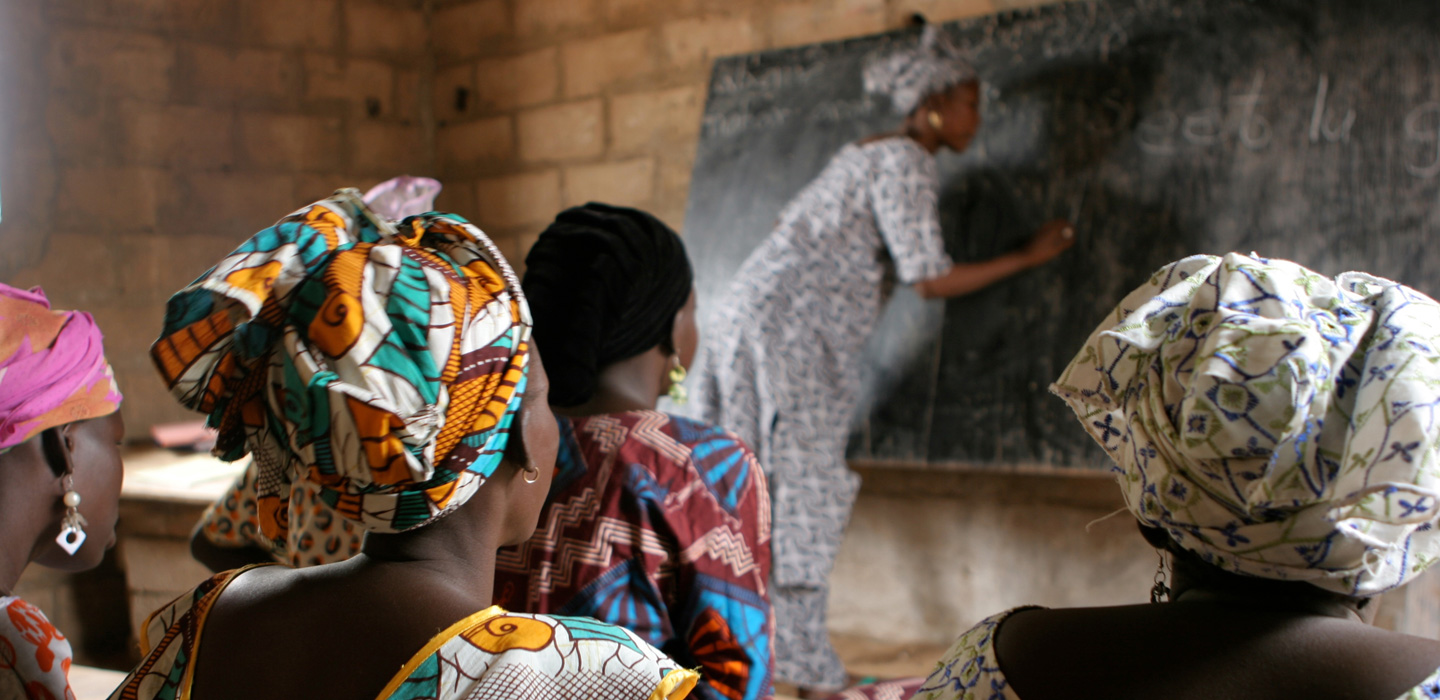Conocimientos
Recursos

Recursos
Search Results Filters
Resultados de la búsqueda
Work at IFAD: Make a difference
The International Fund for Agricultural Development (IFAD) is an international financial institution and a specialized United Nations agency dedicated to eradicating poverty and hunger in rural areas of developing countries. IFAD provides low-interest loans and grants to developing countries to finance innovative agricultural and rural development programmes and projects.
IFAD was established in 1977 as one of the major outcomes of the 1974 World Food Conference. World leaders agreed that “an International Fund for Agricultural Development should be established immediately to finance agricultural development projects…”. The conference was organized in the wake of the great droughts and famines that struck many parts of Africa in the early 1970s. IFAD is now among the top multilateral institutions working in agriculture in Africa.
Remittance flow infographic
African Postal Financial Services Initiative
Compendium of rural women’s technologies and innovations
Conjunto de herramientas: Reducir la carga de trabajo doméstico de las mujeres en las zonas rurales mediante el uso de tecnologías y prácticas de ahorro de mano de obra
Enseñanzas extraídas: Reducir la carga de trabajo doméstico de las mujeres mediante inversiones en relación con el agua
El acceso a un abastecimiento sostenible de agua potable en cantidades suficientes para fines domésticos y productivos sigue siendo limitado en muchas zonas rurales, en particular para los grupos más mmarginados.
Guía práctica: Reducir la carga de trabajo doméstico de las mujeres de las zonas rurales mediante el uso de tecnologías y prácticas de ahorro de mano de obra
Esta guía práctica examina las oportunidades que ofrecen las tecnologías y prácticas de ahorro de mano de obra para las mujeres de las zonas rurales en la esfera doméstica.
ASAP Tanzania factsheet
The programme will focus on the development of the sugarcane industry
in Bagamoyo, while also building the local populations resilience to climate change.
ASAP Madagascar factsheet
markets and other economic opportunities.
La ventaja del conocimiento ancestral: el conocimiento de los pueblos indígenas en las estrategias de adaptación y mitigación del cambio climático
El aumento de las temperaturas, la extinción de la fauna salvaje, la subida del nivel del mar, las sequías, las inundaciones, las enfermedades relacionadas con el calor y las pérdidas económicas son algunas de las consecuencias del cambio climático. El cambio climático afecta desproporcionadamente a las comunidades más pobres y marginadas que viven en regiones vulnerables, entre ellas los pueblos indígenas, cuyo sustento depende de los recursos naturales.
Territorial approaches, rural-urban linkages and inclusive rural transformation
They can help coordinate and concentrate efforts to address the spatial concentration of poverty and food insecurity in some less developed areas, reflecting vast spatial inequalities.
Ghana: Making value chains work for rural people
Senegal: the road to opportunity
When the seasonal rains came to some regions of south-eastern Senegal, the flooding used to cut off the inhabitants from the rest of the country. But that has changed with the IFAD-supported project known as PADAER – Projet d’Appui au Développement Agricole et à l’Entreprenariat Rural. Thanks to the projects’ work on rebuilding roads, rural people have new possibilities to make a living, they can access health services and education, and bring their products to markets.
A new lifeline; a new way of life.
For poor rural people, lack of infrastructure often translates into lack of options and alternatives. The project is changing that.
Lessons learned: Pastoralism land rights and tenure
Research Series Issue 3 - Fostering inclusive outcomes in African agriculture: improving agricultural productivity and expanding agribusiness opportunities
ASAP Bangladesh factsheet
change-related shift towards pre-monsoon rainfall is coinciding with the paddy rice pre-harvest period. This severely affects food output in the Haor, which provides up to 16 per cent of national rice production.
Financing Facility for Remittances
In 2016, around 200 million migrants worldwide sent home an estimated US$ 445 billion to their families in developing countries. These remittances provide for basic necessities such as food, clothing and shelter that are essential to lifting millions of people out of poverty. The truly transformative potential of these funds, however, lies in their investment in education, healthcare and asset building. To meet these needs, the us$36 million multi-donor Financing Facility for Remittances (FFR) has been working since 2006 with the goal of increasing the development impact of remittances and enabling poor households to advance on the road to financial independence and rural transformation. The FFR is administered by IFAD, a specialized agency of the united nations with the mandate to invest in rural people to eradicate poverty in developing countries.
Caja de herramientas: Servicios financieros digitales para los hogares de los pequeños agricultores
Los últimos adelantos de la tecnología y las telecomunicaciones tienen el potencial de hacer que los servicios financieros sean más accesibles y asequibles para los hogares de los pequeños agricultores de las zonas rurales. Gracias a plataformas digitales como los teléfonos móviles, los pequeños productores pueden ahora utilizar los servicios financieros sin tener que acudir a una sucursal bancaria.
10 points for a strategic approach to partnering with the private sector
Notas sobre: cómo establecer asociaciones entre el sector público, el sector privado y los productores en cadenas de valor agrícola
Las Notas aportan herramientas para el diseño y la ejecución de proyectos basadas en buenas prácticas que se han recogido de la experiencia en el terreno. Asimismo, sirven de guía a los equipos en la aplicación de recomendaciones específicas emanadas de políticas operativas del FIDA y de los requisitos básicos del Fondo para la realización de proyectos, y para la utilización de los instrumentos de financiación.